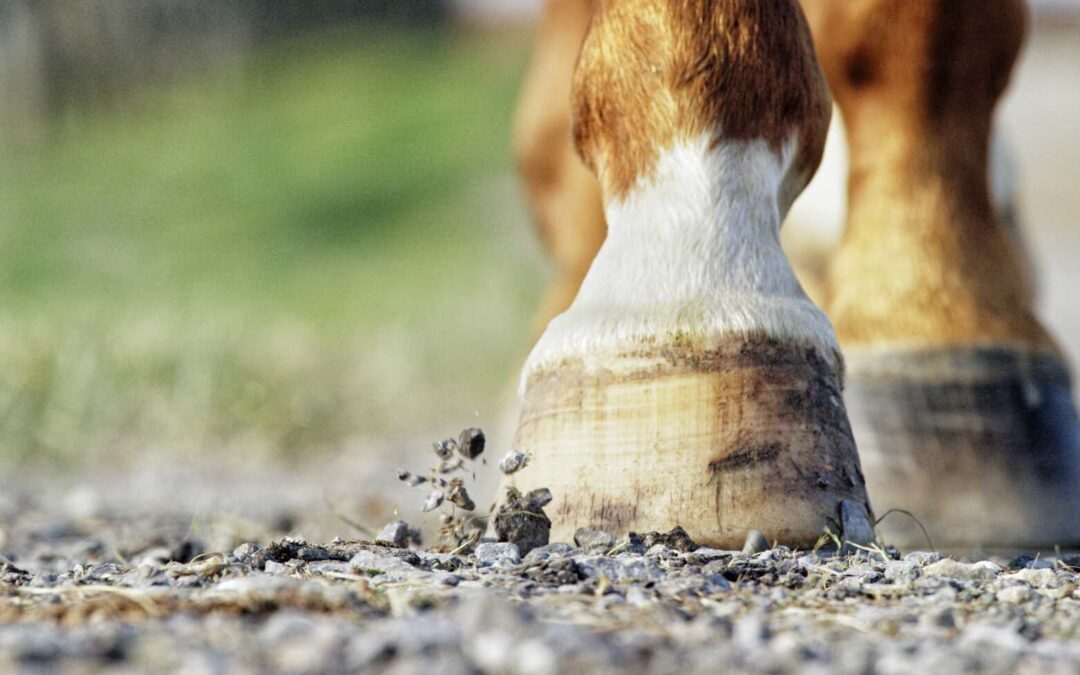Every equestrian knows that the surface they ride on plays a pivotal role in their horse’s health, performance, and overall safety. As time goes by, even the highest-quality arenas and tracks show signs of wear. Understanding and recognising these signs promptly can ensure continued optimal conditions for riding.
At Professional Rubber Surfaces, we offer a range of rubber flooring solutions for horses, including standard equestrian flooring, rubber matting, rubber chips for horses, and more! We’ve put together this guide to how you can identify issues with your equestrian flooring to replace it promptly!
The Importance of a Good Equestrian Surface
A quality equestrian surface is about more than aesthetics. It supports the horse’s musculoskeletal system, minimises injury risks, and ensures consistent performance. Subpar or worn-out surfaces can lead to training setbacks, long-term health issues, and potential accidents.
Moreover, an excellent equestrian surface enhances the rider’s confidence, allowing them to train with assurance, knowing that the ground beneath provides a stable and responsive environment. This trust is vital, as both horse and rider need to operate in harmony, with neither being apprehensive about the terrain. Investing in a top-notch surface is, therefore, an investment in the horse’s health, the rider’s safety, and the overall success of their equestrian endeavours.
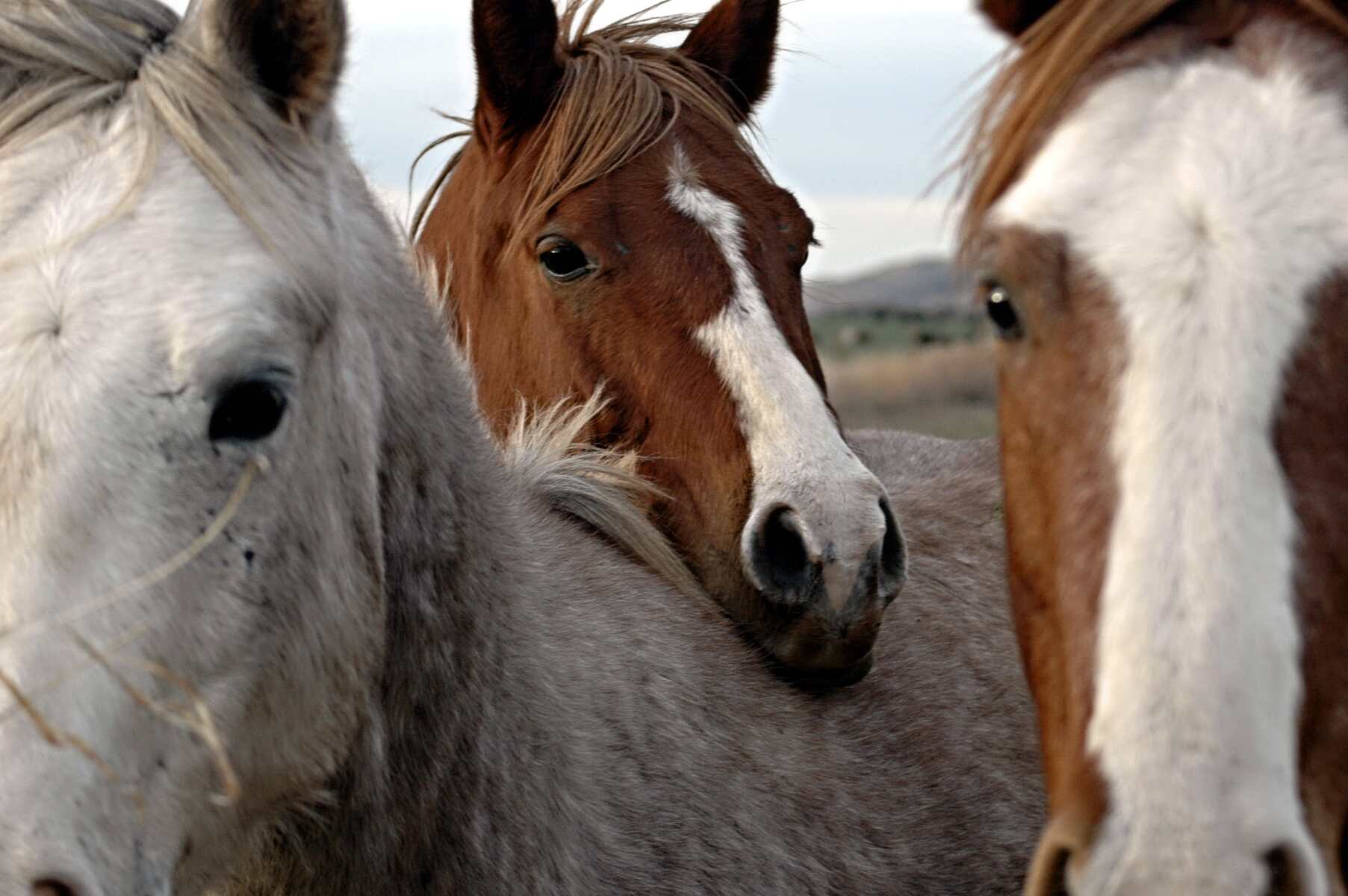
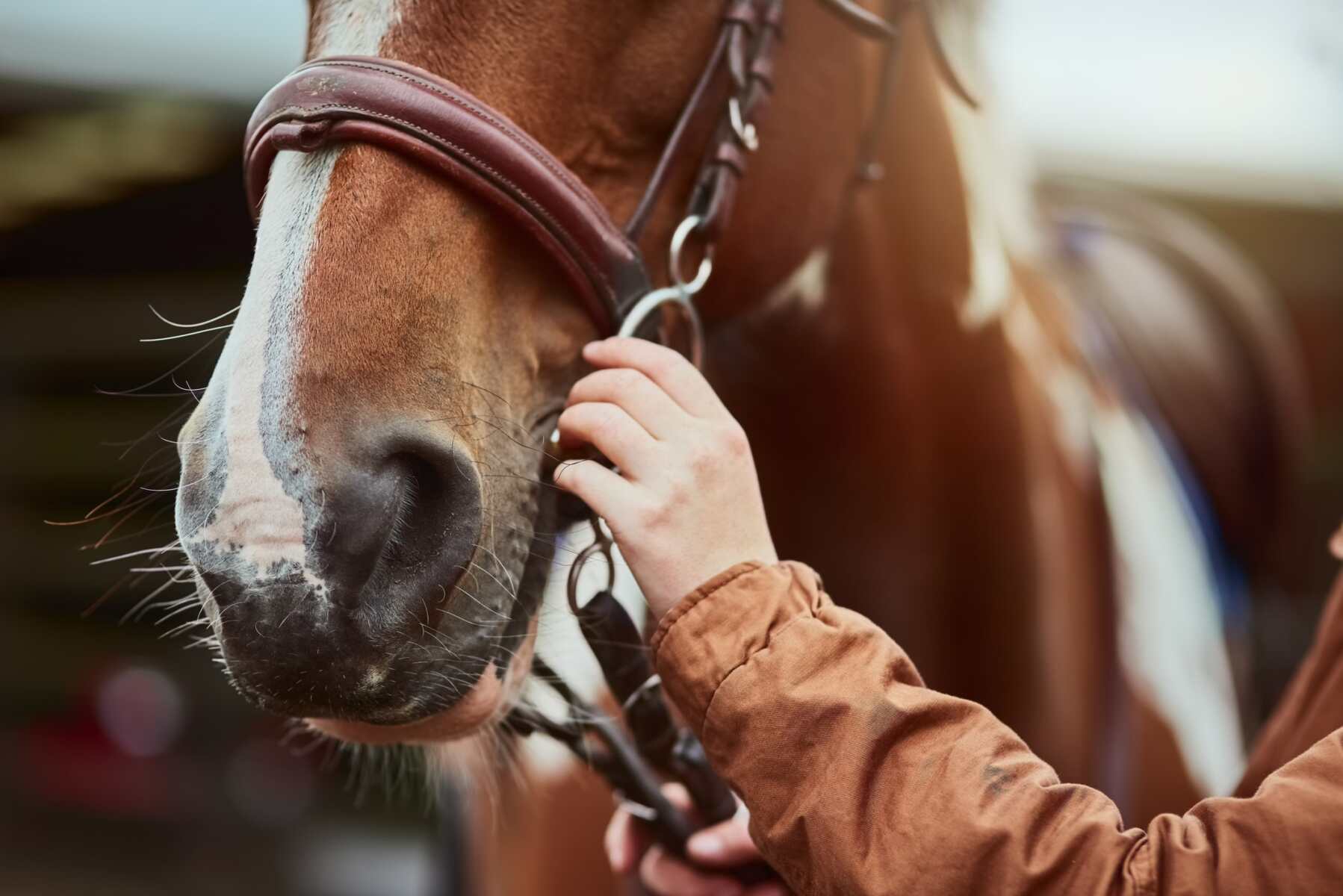
Visible Signs of Wear and Tear:
When it comes to evaluating the state of an equestrian surface, several clear signs indicate the need for maintenance or even a complete overhaul. Firstly, an uneven surface dotted with potholes is not just an eyesore; it’s a significant safety concern. Such inconsistencies are not just cosmetic flaws. A horse trotting over these irregularities faces the risk of tripping, which can result in sprains, fractures, or even more severe injuries. Moreover, repeated exposure to these surface abnormalities can stress the horse’s joints and tendons, leading to chronic health issues over time.
Another crucial aspect of a well-maintained equestrian surface is its drainage capability. After a bout of rain, if you observe water pooling in areas of the surface, it’s a glaring sign of ineffective drainage. Not only does this pooling render the surface unusable for a duration, but it also promotes the growth of mould and mildew. The lingering moisture can further accelerate the degradation of the surface material.
Lastly, be mindful of the surface material’s distribution. If, after a riding session, you notice excessive material accumulation in specific areas or unusually deep tracks left behind, it indicates a problem with the binding of the surface material. Such displacement leads to inconsistent footing, which can compromise both the horse’s safety and the quality of training.
Changes in Riding Experience:
An integral part of evaluating the condition of an equestrian surface is the riding experience itself. Riders and their horses become intimately familiar with the feel and response of their regular surfaces, and any deviations from the norm can be telltale signs of a surface in decline.
One of the primary functions of a top-tier equestrian surface is its ability to act as a cushion, adeptly absorbing the force exerted with each hoof landing. This shock absorption is pivotal not just for the horse’s comfort but also for its overall musculoskeletal health. When riders begin to sense heightened jolts during their rides or observe their horses tiring more swiftly than usual, it often points towards a reduction in the surface’s shock-absorbing qualities. Such a compromised surface not only hampers the training experience but also elevates the risk to the physical well-being of both rider and horse.
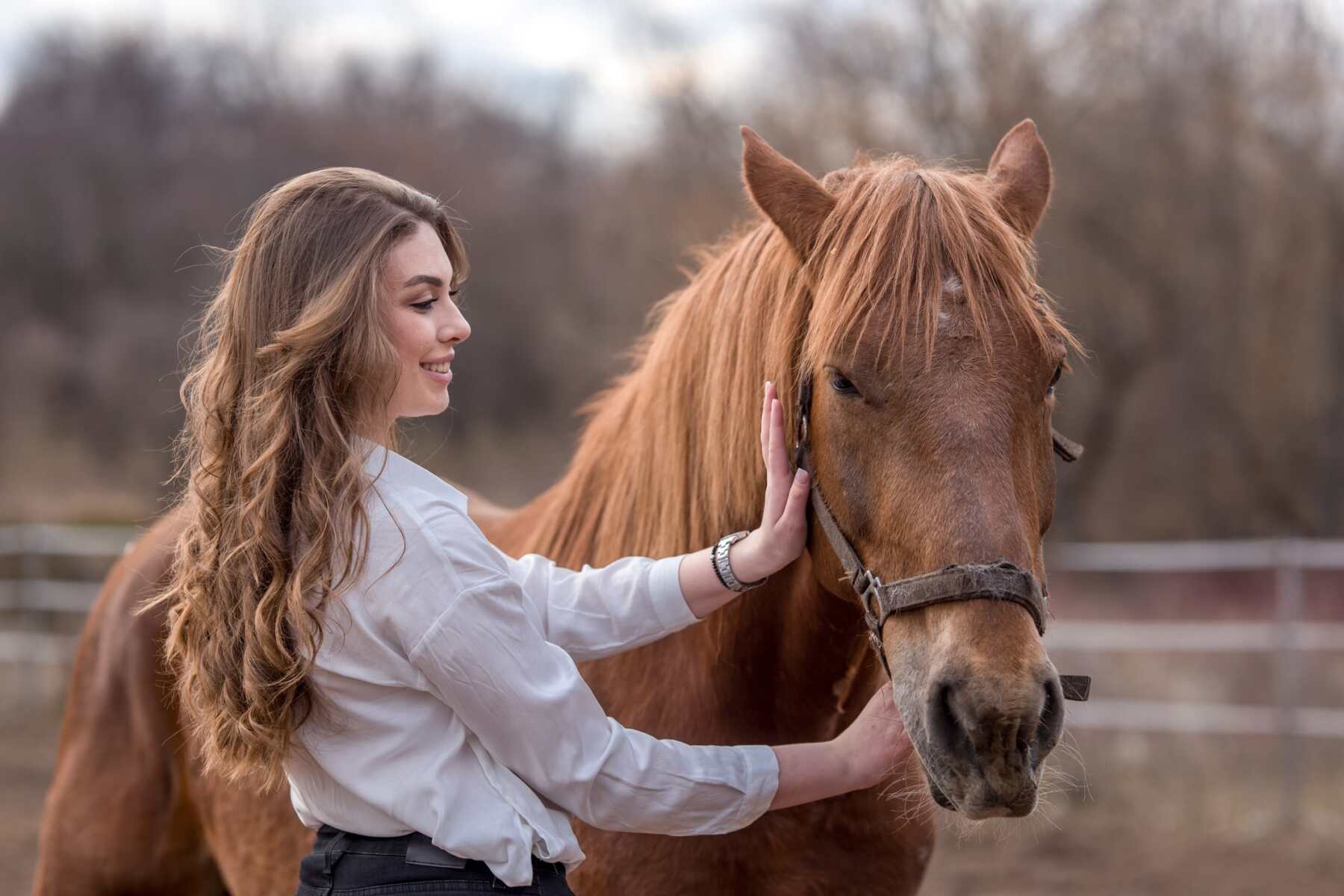
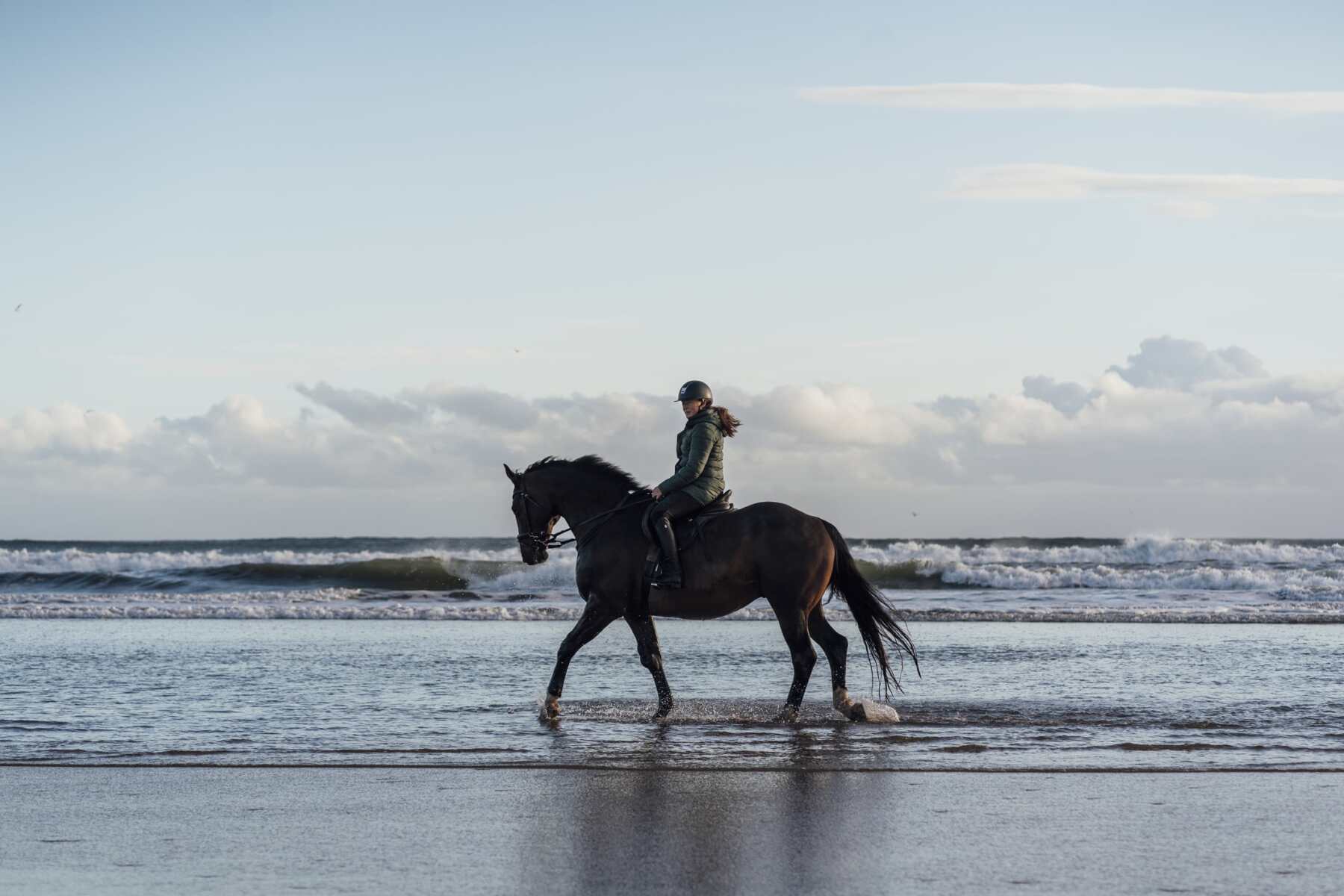
Feedback from Your Horse:
Horses, in their intuitive nature, often communicate their comfort and discomfort without words. Their behaviour, movements, and physical appearance offer insights that can guide riders and caretakers in understanding their well-being. One area where this non-verbal feedback is crucial is in assessing the state of the equestrian surface they tread upon. Some key behaviours to watch out for include:
Altered Movement Patterns: A once eager horse might start taking more cautious steps, shorten its stride, or show reluctance in performing certain moves. These are tell-tale signs that the horse isn’t comfortable.
Visible Discomfort or Reluctance: Beyond changes in movement, watch for signs like pinned ears, tail swishing, or hesitancy when entering the arena – they might be reacting to the surface beneath them.
Physical Signs on the Horse: Unexplained sores, abrasions, or even lameness can sometimes be traced back to a poor riding surface. Regular checks for these physical signs can help preempt larger health issues.
In essence, our equine partners have a unique way of alerting us to problems, often before they become too pronounced. By paying close attention to their behaviour and physicality, caretakers and riders can make informed decisions about the state of their equestrian surfaces and, in turn, ensure the ongoing health and happiness of their horses.
To find out more, get in touch with Professional Rubber Surfaces today!
If you would like more information, please don’t hesitate to reach out to the experts at Professional Rubber Surfaces! We don’t just provide equestrian flooring, we also provide rubber play bark, rubber mulch, and more! Don’t settle for less when we offer high quality professionally made rubber surfaces!
